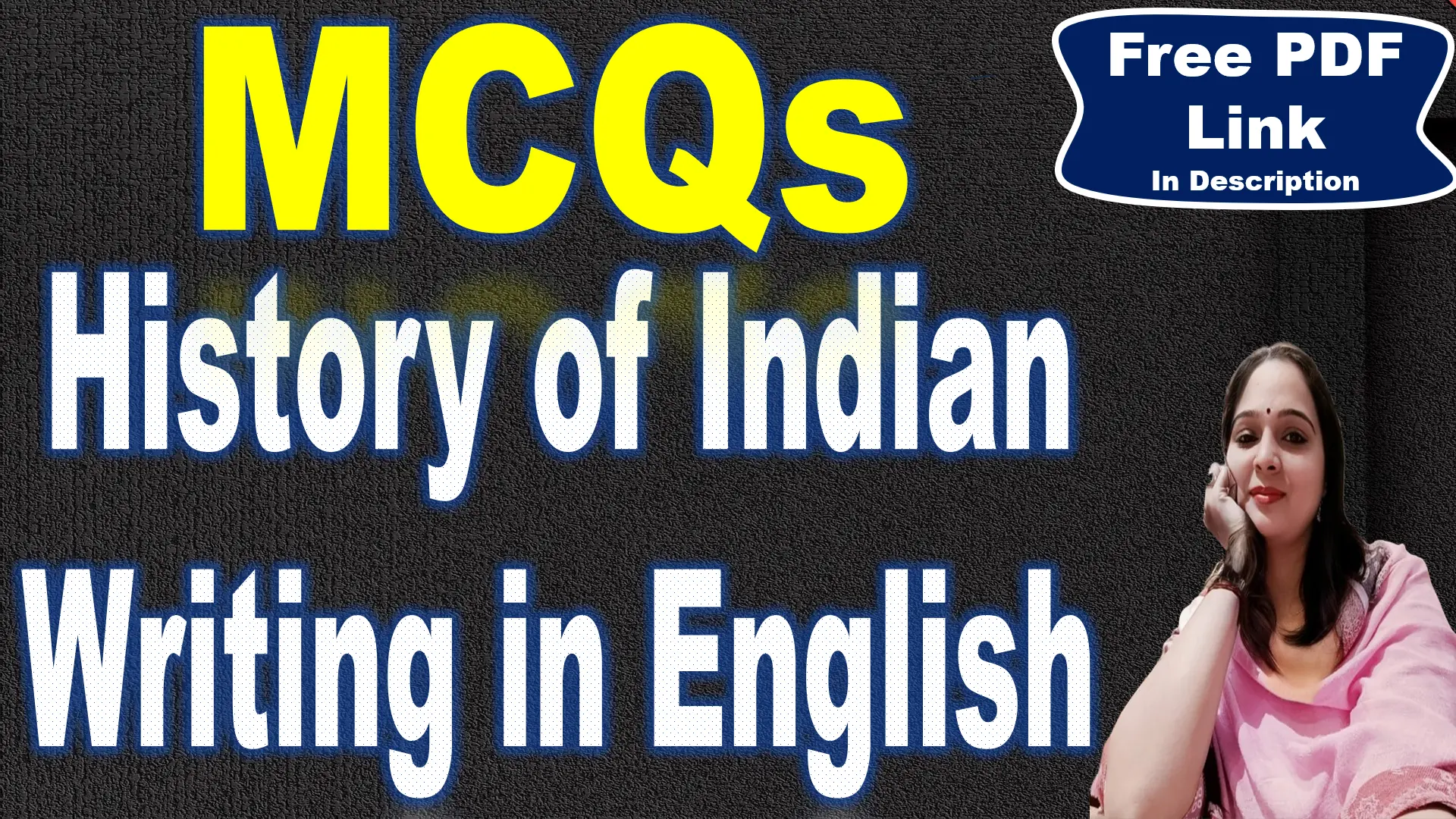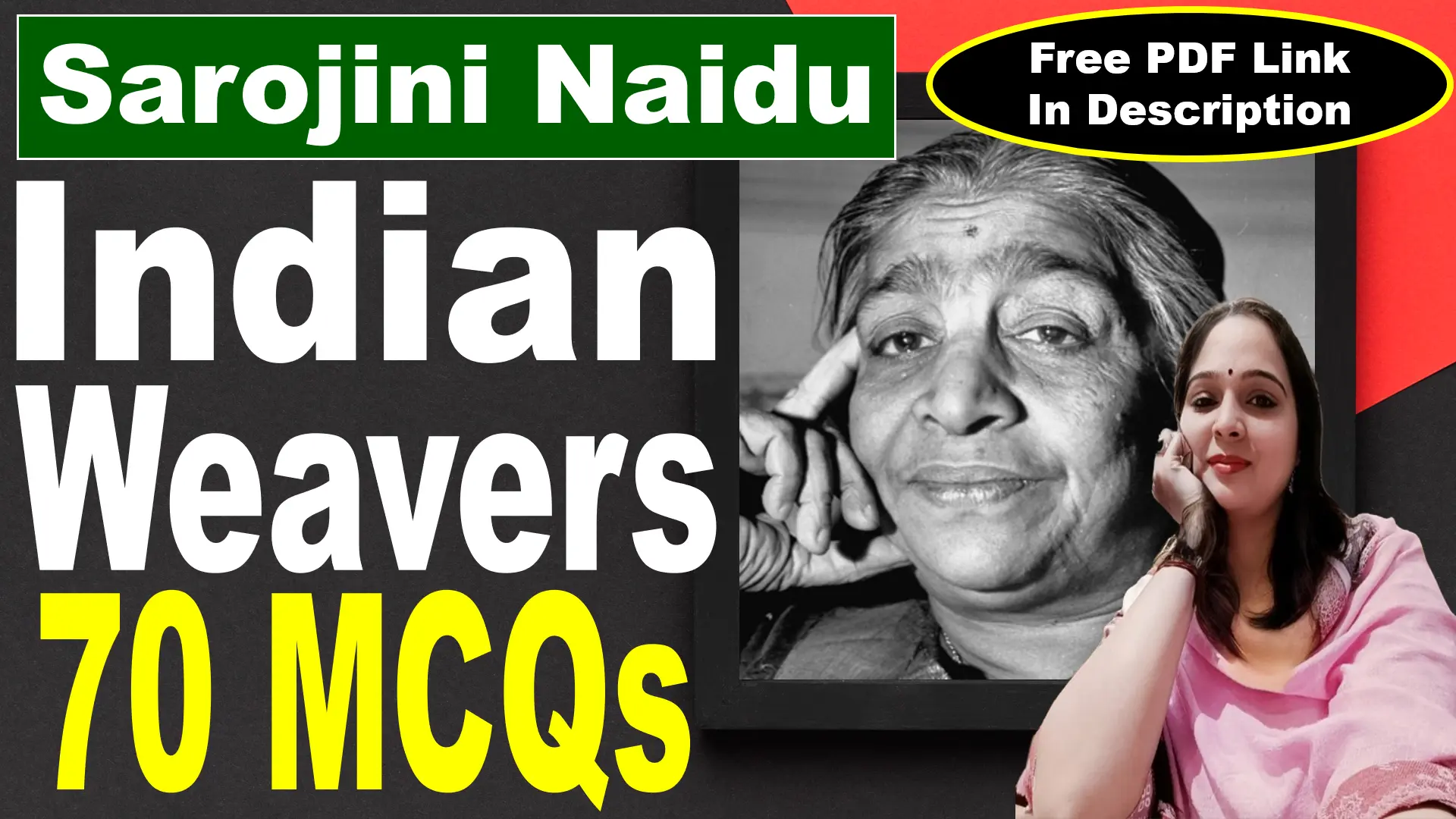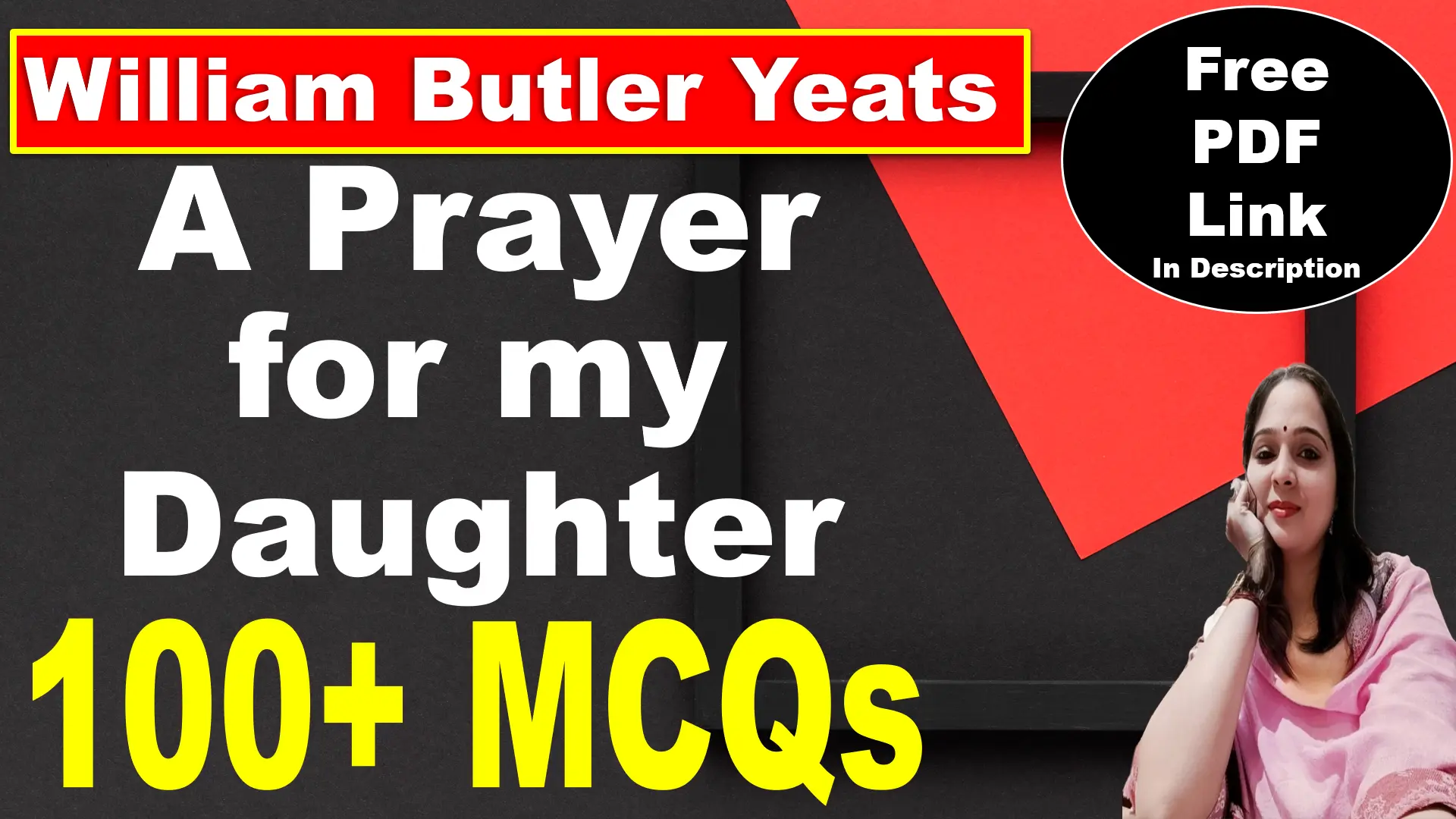
61. Where did Ruskin Bond write The Room on the Roof?
a) India
b) England
c) Switzerland
d) Australia
Answer: b) England
Explanation: Even though the novel is set in India, Ruskin Bond wrote it while he was in England. After his parents passed away, he had to live with his relatives in London. However, he missed India deeply, and this longing for home influenced the story of Rusty, the protagonist who struggles to find where he truly belongs.
62. In which year was The Room on the Roof first published?
a) 1947
b) 1956
c) 1962
d) 1951
Answer: b) 1956
Explanation: The novel was first published in 1956, when Ruskin Bond was just 22 years old. It was well-received, especially because it depicted the life of an Anglo-Indian teenager in post-colonial India, something that was rarely written about at that time.
63. Which publishing house first published The Room on the Roof?
a) Penguin Books
b) HarperCollins
c) André Deutsch
d) Rupa Publications
Answer: c) André Deutsch
Explanation: The novel was published by André Deutsch, a British publishing house. At first, Ruskin Bond struggled to find a publisher, but after winning a literary prize, his book was accepted for publication. The success of the novel encouraged him to return to India and continue writing.
64. Which prestigious award did Ruskin Bond win for The Room on the Roof?
a) Man Booker Prize
b) Nobel Prize in Literature
c) John Llewellyn Rhys Memorial Prize
d) Sahitya Akademi Award
Answer: c) John Llewellyn Rhys Memorial Prize
Explanation: In 1957, Ruskin Bond won the John Llewellyn Rhys Memorial Prize, which is given to young Commonwealth writers under the age of 30. This was a huge achievement for a first-time author. It recognized the emotional depth and literary quality of his work and helped him gain recognition as a promising writer.
65. How did winning the John Llewellyn Rhys Memorial Prize impact Ruskin Bond’s life?
a) It helped him return to India and start his writing career
b) It made him a millionaire overnight
c) It encouraged him to write only short stories
d) It forced him to stay in England
Answer: a) It helped him return to India and start his writing career
Explanation: Winning the John Llewellyn Rhys Memorial Prize changed Ruskin Bond’s life. The prize money and recognition allowed him to return to India, where he truly felt at home. Once back in India, he focused on writing full-time, eventually becoming one of the most beloved Indian-English writers.
66. Which of the following best describes The Room on the Roof?
a) A non-fiction travelogue
b) A coming-of-age novel
c) A historical novel
d) A horror novel
Answer: b) A coming-of-age novel
Explanation: A coming-of-age novel is a story that follows a young character’s journey from childhood to adulthood, where they learn important life lessons and grow emotionally. In The Room on the Roof, Rusty struggles with identity, independence, love, and loss, which makes it a classic coming-of-age novel.
67. Who is the protagonist of The Room on the Roof, believed to be inspired by Ruskin Bond himself?
a) Somi
b) Rusty
c) Mr. Harrison
d) Kishen
Answer: b) Rusty
Explanation: Rusty is the main character of the novel, and his life is closely based on Ruskin Bond’s own experiences. Like Rusty, Bond was an Anglo-Indian boy who felt trapped by strict rules and struggled to find his identity in post-colonial India. Many of Rusty’s experiences—his desire for freedom, friendships with Indians, and love for nature—mirror Bond’s real-life journey.
68. Why did Ruskin Bond have to stay in England when he wrote The Room on the Roof?
a) He was studying there
b) He was living with relatives
c) He was working as a journalist
d) He was doing research on Indian culture
Answer: b) He was living with relatives
Explanation: After his parents passed away, Ruskin Bond moved to England to live with his relatives. However, he never truly felt at home there and missed India deeply. Writing The Room on the Roof was his way of keeping a connection with India and expressing his longing for the place where he grew up.
69. What makes The Room on the Roof unique in Indian English literature?
a) It is written by a teenager about a cross-cultural identity crisis
b) It is a horror novel set in India
c) It focuses only on British colonial history
d) It has no elements of personal experience
Answer: a) It is written by a teenager about a cross-cultural identity crisis
Explanation: One of the reasons The Room on the Roof is so special is that it was written by a teenager who was experiencing the same struggles as his protagonist. The novel explores a cross-cultural identity crisis, as Rusty feels caught between his British upbringing and his love for Indian culture. This was a rare and unique perspective in Indian English literature at the time.
70. When was Ruskin Bond born?
a) 1930
b) 1934
c) 1940
d) 1945
Answer: b) 1934
Explanation: Ruskin Bond was born on May 19, 1934. He is one of India’s most beloved English-language writers, known for his simple yet deep storytelling. His works often focus on nostalgia, nature, childhood, and small-town life in India.
71. Where was Ruskin Bond born?
a) Shimla, India
b) Kasauli, India
c) Mussoorie, India
d) Dehradun, India
Answer: b) Kasauli, India
Explanation: Ruskin Bond was born in Kasauli, a small hill station in Himachal Pradesh, India. Kasauli is known for its scenic beauty and peaceful surroundings, which influenced Bond’s love for nature and quiet hill towns, often reflected in his writing.
72. Ruskin Bond spent much of his childhood in which Indian city?
a) Mumbai
b) Dehradun
c) Kolkata
d) Chennai
Answer: b) Dehradun
Explanation: Although he was born in Kasauli, Ruskin Bond spent most of his childhood in Dehradun, which was a quiet and green town during British rule. Many of his stories, including The Room on the Roof, are set in Dehradun or inspired by his experiences there.
73. What was the profession of Ruskin Bond’s father?
a) Teacher
b) Army officer
c) Air Force officer
d) Doctor
Answer: c) Air Force officer
Explanation: Ruskin Bond’s father, Aubrey Bond, was a Royal Air Force officer. He was kind and supportive of Ruskin’s love for books and storytelling. Unfortunately, he passed away when Ruskin was just 10 years old, which had a deep emotional impact on Bond.
74. Ruskin Bond won the Sahitya Akademi Award for which book?
a) The Room on the Roof
b) Our Trees Still Grow in Dehra
c) A Flight of Pigeons
d) Rusty Runs Away
Answer: b) Our Trees Still Grow in Dehra
Explanation: Ruskin Bond received the Sahitya Akademi Award in 1992 for his book Our Trees Still Grow in Dehra. This book is a collection of autobiographical stories about his childhood, relationships, and experiences in India. It beautifully captures his nostalgia for the past and love for nature.
75. In which Indian state did Ruskin Bond settle later in his life?
a) Himachal Pradesh
b) Uttarakhand
c) Rajasthan
d) West Bengal
Answer: b) Uttarakhand
Explanation: After traveling and living in different places, Ruskin Bond settled in Mussoorie, Uttarakhand. He still lives there in Landour, a quiet hill town. The peaceful environment and scenic beauty of Mussoorie have greatly influenced his stories and themes.
76. Ruskin Bond is best known for writing about which themes?
a) Science fiction and politics
b) Romance and crime thrillers
c) Nature, childhood, and small-town life
d) Business and economics
Answer: c) Nature, childhood, and small-town life
Explanation: Most of Ruskin Bond’s stories focus on simple joys of life, including:
Nature – His love for forests, rivers, and hills is seen in books like The Blue Umbrella.
Childhood – Many of his books are about young boys discovering the world, like Rusty, the Boy from the Hills.
Small-town life – His stories are often set in Dehradun, Mussoorie, and other hill towns, capturing their charm and unique characters.
77. Which of the following is NOT written by Ruskin Bond?
a) The Blue Umbrella
b) A Train to Pakistan
c) Rusty the Boy from the Hills
d) Delhi is Not Far
Answer: b) A Train to Pakistan
Explanation: While Ruskin Bond wrote several novels about life in India, A Train to Pakistan is not one of them. It was written by Khushwant Singh and is about the Partition of India in 1947.
78. Which Indian honor was awarded to Ruskin Bond for his contribution to literature?
a) Padma Bhushan
b) Bharat Ratna
c) Padma Shri
d) Both a and c
Answer: d) Both a and c
Explanation: Ruskin Bond was honored with the Padma Shri in 1999 for his contribution to Indian literature. Later, he also received the Padma Bhushan in 2014, making him one of India’s most celebrated authors.
79. Which famous film was adapted from Ruskin Bond’s novella A Flight of Pigeons?
a) The Blue Umbrella
b) Junoon
c) Chup
d) Kitaab
Answer: b) Junoon
Explanation: The novella A Flight of Pigeons is set during the Indian Rebellion of 1857 and follows the story of a British girl and her family during the war. It was adapted into the Bollywood film Junoon (1978), directed by Shyam Benegal and starring Shashi Kapoor.
80. What does Rusty do in exchange for living in The Room on the Roof?
a) Works as a street vendor
b) Teaches English to Kishen
c) Cleans the house for Mr. Kapoor
d) Sells books in the market
Answer: b) Teaches English to Kishen
Explanation: After running away, Rusty does not have money or a job. Mr. Kapoor allows him to stay in the small room on the roof, but in return, Rusty has to teach English to his son, Kishen. This is Rusty’s first job, and it teaches him responsibility and self-reliance, marking his journey toward independence.





